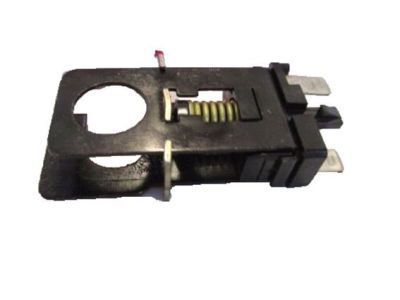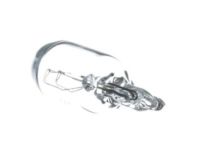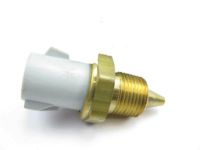Your vehicle deserves only genuine OEM Ford parts and accessories. To ensure reliability, purchase Ford part # E9AZ-13480-A Switch Assembly - Stop Light with base parts number 13480. It is sometimes referred to as Lincoln Brake Light Switch. Our Ford parts and accessories are expedited directly from authorized Ford dealers strategically located all across the U.S. and are backed by the manufacturer's 12 month, 12,000 mile warranty. OEM Ford parts are the best for restoring your vehicle to factory condition performance. This part fits specific Lincoln Mark VI, Navigator, Town Car models.
Affordable, reliable and built to last, Ford part # E9AZ13480A Switch Assembly - Stop Light stands out as the smart option. FordPartsGiant.com is your prime online source with the biggest and best selection of genuine Ford parts and accessories at giant discounted prices. We have the OEM Ford parts and accessories you need at the wholesale prices. FordPartsGiant.com has you covered no matter what type of Ford vehicle you drive. For detailed Lincoln parts information, click here.










